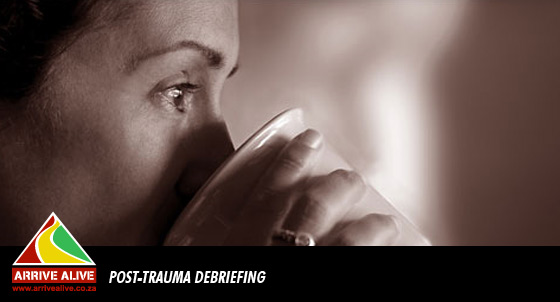Why are trauma patients treated differently in the modern day?
Have you just witnessed a patient being treated differently to what you witnessed previously? Having doubts? Wondering why a cervical collar or spine board was not used even though you are aware it is common practice?
ER24 sometimes receives complaints from the public regarding the treatment of patients on the scene of an accident not being consistent.
On investigation, it is found that the complaints do not relate to alleged negligence by the crew but, are due to people not being familiar with the latest best practice within the pre-hospital emergency medical care arena.
October highlights the impact of trauma on patients and the importance of providing the best possible care and treatment during the most critical moments to avoid fatalities.
The most critical moment is immediately after the trauma. Hence the importance of immediate, best practice pre-hospital care.
Below are some facts, provided by ER24’s Dr Vernon Wessels that will help you establish if your loved one is being provided with the best care:
- Not applying a cervical collar in some cases or even removing one in certain patients is often required due to latest research showing adverse effects being caused to these specific patients.
- Paramedics are taught and allowed to do spinal clearance on some patients on accident scenes. They are able to follow a well researched protocol to identify patients who do not need to be immobilised. This optimises the use of limited resources and prevents patients with uninjured spines from developing pain in their back as a result of being immobilised for prolonged periods.
- For decades, the use of tourniquets (a constricting band to stop blood flow to a limb) were banned in the pre-hospital field as they were considered dangerous and unacceptable. Recent research showed how many lives were saved among people with uncontrollable bleeding due to injuries sustained in combat situations (especially in the Middle East). Within the civilian emergency medical service, there are a number of cases that have demonstrated the effectiveness of this device in stopping uncontrollable bleeding from limbs. Majority of the patients did not only have their lives saved but also, did not loose their limb. Those who did have to undergo amputations were due to the extent of the injury sustained and not due to the effects of the tourniquet.
- More focus is being placed on moving patients with life-threatening, operable injuries urgently to hospital instead of spending too much time on the accident scene. Some techniques considered standard practice in the past, like putting up an intravenous drip, will often not be done on scene but rather en route to hospital or not at all in some instances as this is no longer considered as high a priority as it used to be.
“Pre-hospital emergency care has evolved from simply following preset protocols that were developed based on what was thought at the time to make the most sense, to a fully fledged profession where research drives evidence-based best practice techniques. Paramedics are able to apply their knowledge and skill to determine the best course of action for a specific patient based on that patient’s need at the time,” said Dr Wessels.
So next time you see paramedics treating a patient differently, keep in mind that the patient may be receiving the latest and best treatment science has to offer. If you are unsure and would like peace of mind, check with a medical professional.
ISSUED BY:
Chitra Bodasing Harduth




